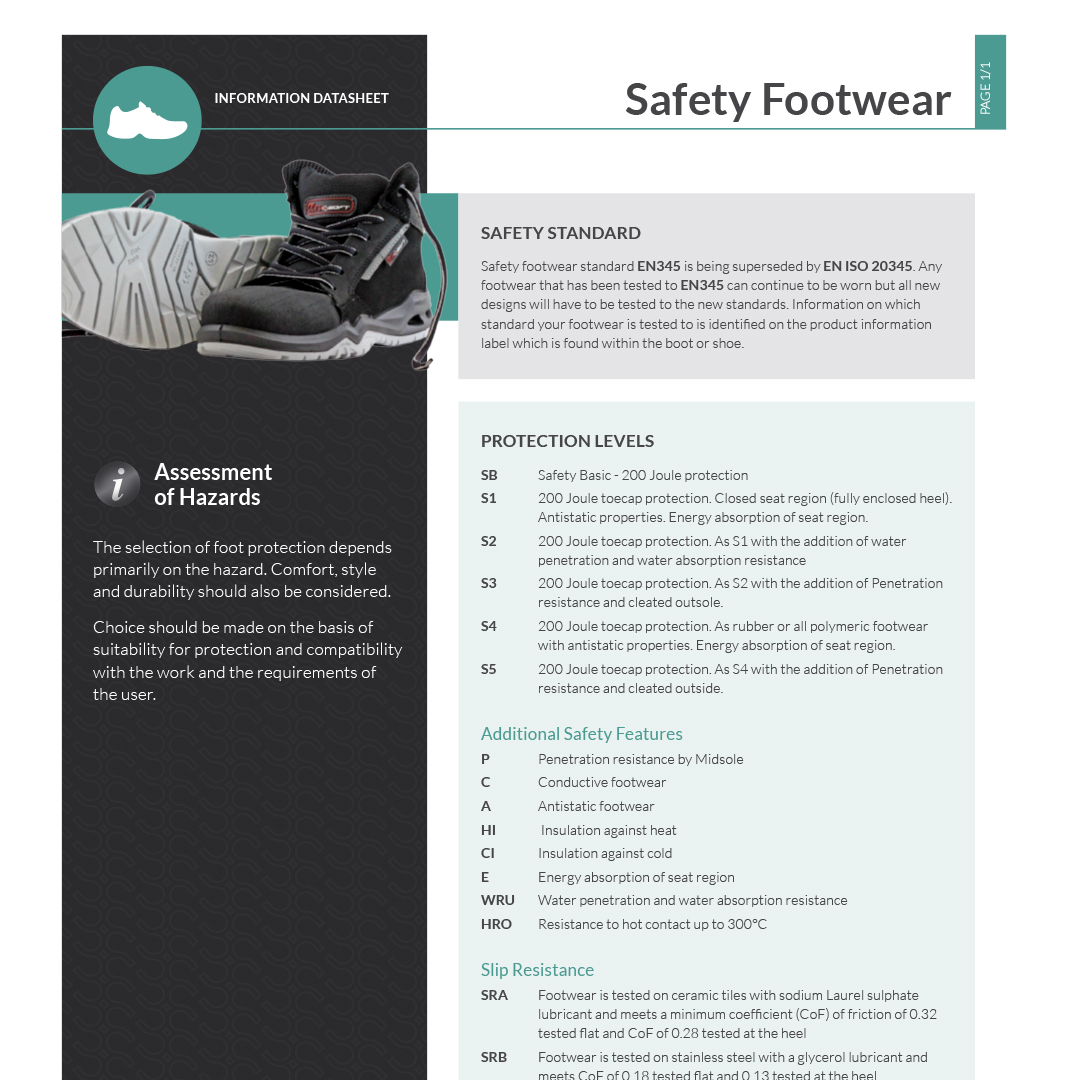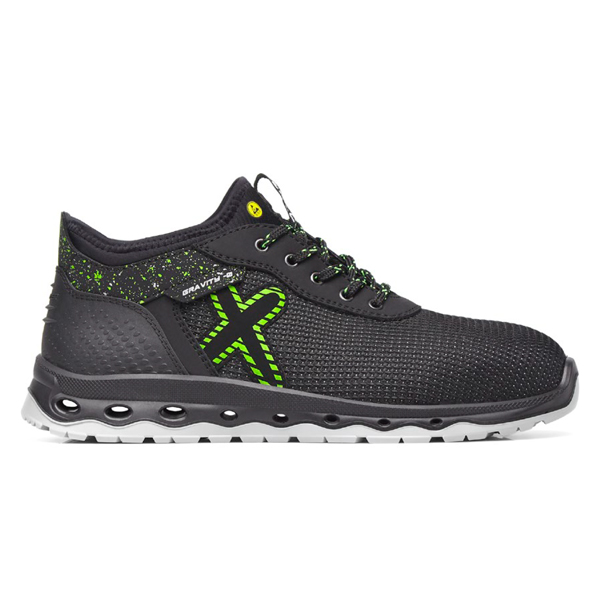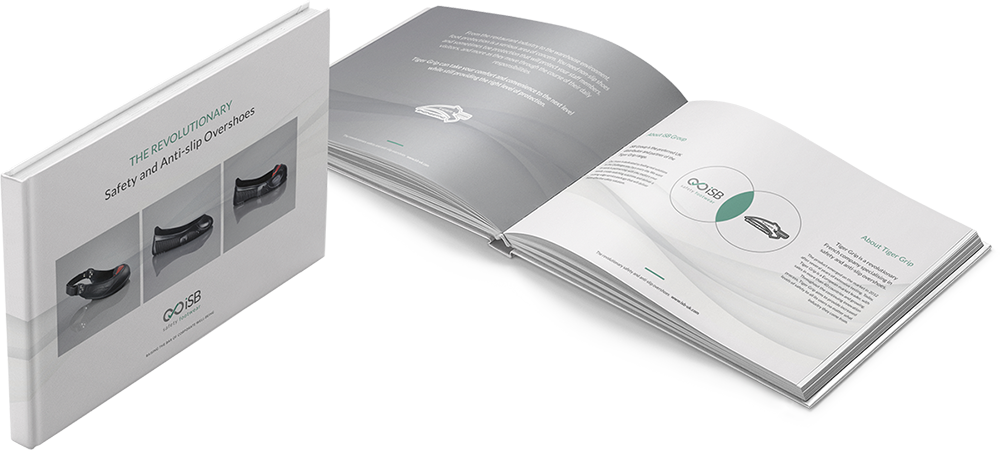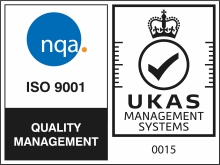
S1, S1P, SRC… with so many different safety designations, all with their own specific meanings, it is easy to get confused when you’re buying safety footwear. But there is no need to worry – these designations might look confusing, but they are actually pretty straightforward.
As part of our blog series exploring what makes safety shoes safe, we take you through the most common ratings and what they mean.
SB (Safety Basic)
Toe protection
The basic standard for safety boots, safety shoes and safety trainers. Where footwear has an SB rating, that means it can absorb impact to the toe region up to 200-joules, without breaking. You can find out more about options for toecap protection in this blog comparing the protective qualities of steel and plastic.
S1
Antistatic, oil-resistant and energy absorption
As well as the basic toe protection offered by SB footwear, the S1 rating means safety shoes or safety boots are also resistant to fuel oil, offer anti-static protection and have energy absorption in the heel.
S2
Prevents water penetration
Safety boots, shoes or trainers rated S2 offer the same protection as those rated S1, with the addition of being water resistant, preventing liquids from penetrating the upper.
S3
Midsole penetration resistance
Safety footwear designated S3 offers the same level of protection as S2, but also protects against midsole penetration by sharp objects. Find out more about how the sole of safety footwear protects your feet in this blog looking at the composition of a safety shoe.
Additional safety ratings
All the above designations may be combined with others to indicate the presence of additional safety features. For instance, a safety boot rated SB-P would have SB-standard toe protection, with the additional feature of a penetration-resistant midsole. Likewise, a safety shoe rated S1-P would offer toe protection, oil-resistance, antistatic protection, energy absorption, and have a penetration-resistant midsole.
Some other common safety designations that are worth knowing are:
HI Insulation against heat
CI Insulation against cold
HRO Outsole resistance to hot contact
ESD Electro-static discharge resistant
Safety standards for non-slip shoes
Anti-slip shoes are vital in many workplaces, and are subject to separate standards that they must meet. These are:
SRA Tested on ceramic tile wetted with sodium lauryl sulphate (a diluted soap solution)
SRB Tested on steel with glycerol
SRC Tested under SRA and SRB conditions
When purchasing anti-slip boots and anti-slip shoes, it is important to note that some SRC-rated footwear is more slip resistant than others. Where slip resistance is of high importance, you should ask your safety footwear supplier for the detailed ratings to enable you to compare the performance of different styles.
A safety checklist
Ensuring you purchase footwear with the correct safety rating for the job is very important, but there are also other factors that you will want to consider. In order for safety footwear to offer its advertised protection, it is essential that it fits the wearer properly and is comfortable. You also need to make sure that you take proper care of it throughout its lifespan to preserve its protective qualities.
For further information, download our free takeaways here.
Buying safety footwear that’s comfortable and does the job you need it to do shouldn’t be complicated. At iSB, we are experts in safety workwear of all kinds, including safety boots, safety shoes and safety trainers. Our team is always happy to answer any questions about our products, including safety ratings. Give us a call on 0121 749 4433 or you can email us.
You Might Like...
 1
1
Gravity Jupiter Safety Trainers- E3200
Ultra resistant textile TECNO-TEXT upper
 2
2
Gravity Jupiter Safety Trainers- E3200
Ultra resistant textile TECNO-TEXT upper
 3
3
Gravity Jupiter Safety Trainers- E3200
Ultra resistant textile TECNO-TEXT upper
 4
4
Gravity Jupiter Safety Trainers- E3200
Ultra resistant textile TECNO-TEXT upper

















